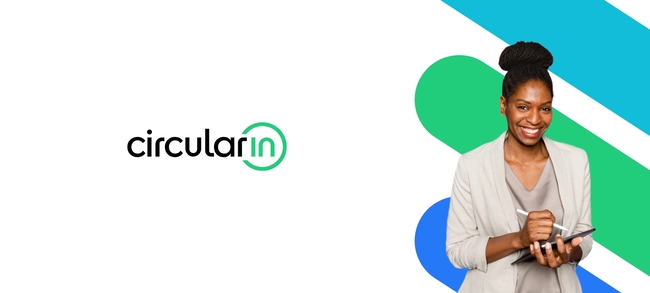On Saturday, February 10th, 2024, Zhar Research released a comprehensive report titled “Lithium-ion Capacitors and Other Battery Supercapacitor Hybrid Storage: Market Forecasts, Roadmaps, Deep Technology Analysis, Manufacturer Appraisal, Next Successes 2024-2044”. This 480-page report provides the first comprehensive and up-to-date analysis of all battery-supercapacitor hybrids, including lithium-ion capacitors (LIC).
According to the report, LIC adoption is rapidly increasing and is projected to overtake the growing sales of supercapacitors. This is due to three main factors: LIC’s superior parameters, alignment with current megatrends, and their suitability for fit-and-forget applications.
Unlike their name suggests, LICs are actually lithium-ion supercapacitors, as they typically have one lithium-ion battery electrode and one supercapacitor electrode. What sets LICs apart is their ability to provide superior power density, making them suitable for applications such as electric cranes, excavators, and regenerative braking systems for levitating trains.
The report also highlights the latest developments in the LIC market, including the research being conducted in Australia. A seminal paper published in January 2024 by the Research School of Chemistry at the Australian National University reveals that the power capabilities of LICs may be underestimated in current literature. This could have significant implications for emerging applications that require high power density.
In addition to their superior parameters, LICs are also being developed to span the entire spectrum from supercapacitor-like to battery-like and everything in between. This allows for precise matching with specific applications and aligns with the current megatrends towards less-toxic, less-flammable, and more temperature-tolerant components.
Fit-and-forget applications are also driving the adoption of LICs, as purchasers increasingly consider total cost of ownership over upfront price. With longer cycle life and calendar life compared to traditional lithium-ion batteries, LICs are proving to be a more cost-effective and reliable option, especially for industrial and commercial vehicles.
While competition may arise from other battery technologies such as redox flow batteries (RFB) and lithium-ion batteries (LIB), the report predicts that RFBs and LICs will not compete significantly due to their different strengths and applications. RFBs are better suited for longer duration grid and beyond-grid storage, while LICs excel in providing high power density for applications such as heavy electric off-road vehicles.
The report also notes that the research pipeline for LICs is mainly focused on more expensive options using materials such as MXenes, metal organic frameworks, and rare earth elements. This may limit the commercialization of these options in the near future, while graphene is proving to be a valuable material for both LIC and LIB electrodes.
Overall, the report concludes that while there is still room for improvement in LICs, they have a promising future in the energy storage market. For more information on the latest developments and market forecasts for LICs, visit www.zharresearch.com and www.giiresearch.com.
Press release distributed by https://pressat.co.uk/









